Brad MacAfee Partner & EVP, Porter Novelli Atlanta
By: Brad MacAfee, Partner & EVP, Porter Novelli – Atlanta
During the last year, a number of privately-held technology companies in Atlanta were acquired including JBoss, which was purchased by Red Hat, CipherTrust, which joined Secure Computing and GuardedNet, which became a part of Micromuse (now a property of IBM). Acquisition can be the ideal exit strategy for investors of private companies. Others, however, will look at building the organization and its strategy through an initial public offering (IPO).
The benefits of becoming a public company are multiple and easily enumerated: greater access to capital, more opportunity to pursue mergers, increased liquidity for shareholders and enhanced corporate image, to name a few.
In the world of communications, however, we see another great benefit to going public. Chiefly, that benefit is the opportunity to garner significantly more media attention from major newspapers, magazines and other media outlets than privately held firms.
However, the benefit of enhanced publicity comes with the increased responsibility of communicating appropriately – leveraging newfound media attention to support strategic business goals but all the while playing by fair market rules and maintaining corporate transparency.
It’s a delicate dance with many gray areas, not just for newly public companies, but any company that has declared, either officially or unofficially, an intention to go public. The onus of responsibility lies squarely on the company’s shoulders and requires a new approach to communications.
The Changing Communications Landscape
An effective media relations program, especially when combined with strong business execution, can help drive sales and increase shareholder value and demand for company stock. And while media relations will always be an important element in a comprehensive communications program, newly public companies learn quickly that the “rules of the road” are infinitely more complex than when operating under the protection of private ownership.
After going public, key stakeholders extend far beyond media, market researchers, customers, business partners and employees to include financial analysts, shareholders, shareholder interest groups and government regulators.
Not only does the communications landscape grow wider, it also has the potential to become more hostile. Public companies often come under intense scrutiny and attacks in new media such as blogs and podcasts, which often provide forums for “watchdog investors” and disgruntled employees.
From the moment a company hints at a plan to go public – sometimes well before an S1 is even filed – it becomes subject to new rules and expectations governing the way it communicates. Ironically, quiet period rules threaten to lower company awareness in the market, just as media and public interest may be picking up.
The cost of non-compliance with quiet periods and numerous other restrictions can be devastating. Regulation Fair Disclosure, or Reg. FD, and Sarbanes-Oxley can be daunting and companies must be sure to fit their strategy within these regulations. If a company’s chosen stock exchange senses company hype in the media, the exchange could ask the company to temporarily retract its offering. While second and third chances do exist, filing for an IPO takes significant resources, and can distract focus from day-to-day company operations. There’s a premium on doing it right the first time.
Preparing to Tackle the New Communications Terrain
Newly public companies can avoid costly missteps by adopting a new communications approach that addresses all critical stakeholders and encompasses all pertinent communications disciplines. Through this approach, stakeholder groups can be reached and influenced through the most powerful communications discipline, or combination of disciplines.
Employees are an especially important group. The employee communications discipline can take the form of a program aimed at educating employees on behavioral changes and expectations within a newly public company. For example, once public, employees have no right to material information before other shareholders.
Employee communications will become even more important later as the company merges with and/or acquires other companies. Experience has proven that employees are more motivated when they clearly understand company actions and decisions and have a sense of personal stake in the outcome.
Other important disciplines include investor relations, corporate affairs, public affairs and crisis management. Communications teams, for example, must be equipped to manage and contain media reactions during turbulent times through the rapid dissemination of accurate, comprehensive information. This helps to diffuse bad publicity and minimize long-term damage to shareholder confidence and market credibility. It’s much easier for a company to keep its credibility than to rebuild it.
A New World Order
Newly public companies and companies considering going public need to evaluate their communications capabilities. Designated communications experts need diverse skill sets and extensive experience in navigating the pre- and post- IPO waters.
Communications practitioners need to function as both strategic counselors to management teams and ambassadors to the broader staff – ensuring that the finer points of rules are understood and applied to all levels of the organization. For example, practitioners need to clearly understand and advocate the subtle differences between media activity that is advantageous and “safe,” versus potentially risky and damaging during a quiet period – helping to maintain and build company awareness in the market while simultaneously abiding by new regulations.
Maneuvering the world of communications as a newly public company is undoubtedly challenging, but also exhilarating. Successful entrance and ongoing participation in a vibrant market economy depends on it.


























